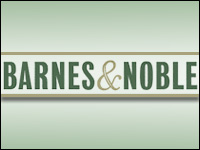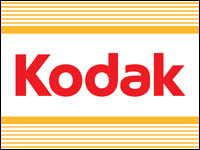For the first time, a book on e-commerce has reached the top of the business bestseller list on Amazon.com. The online giant named the book, Customers.com by Patricia Seybold and Ronni Marshak (contributor), the number one business bestseller for 1999.
Business bestsellers typically cover more generic topics. Amazon’s number two book, The Innovator’s Dilemma by Clayton M. Christensen, for example, covers how key technologies are developed, while the number three book, Who Moved My Cheese?: An Amazing Way to Deal With Change in Your Work and in Your Life by Spencer Johnson, deals with personal career development.
Bill Gates’ Business@The Speed of Thought and Stephen Covey’s The 7 Habits of Highly Effective People were Amazon’s fourth and fifth bestsellers in 1999, respectively.
Released in November 1998 by Times Books/Random House, Customers.com has sold 175,000 domestic copies. During 1999, Customers.com appeared on numerous bestseller lists including Business Week, The Wall Street Journal and USA Today.
Two Other E-Commerce Books Make List
To show that the growing popularity of e-commerce is not a fluke, two other online business books also made their way onto Amazon’s top 10 list.
Information Rules: A Strategic Guide to the Information Economy by Carl Shapiro and Hal R. Varian was number seven on the list, while Permission Marketing: Turning Strangers into Friends and Friends into Customers by Don Peppers and Martha Rogers was number 10.
Online Sales Double Brick-and-Mortar Sales
In an interview with the E-Commerce Times, Seybold said that online sales of her book were twice as large as sales at brick-and-mortar stores. She added that online stores like Amazon create a “positive feedback loop that generates far more sales than brick-and-mortar stores.”
“The traditional book industry has too many broken chains,” Seybold continued. “When people look for a book and it is not on the shelf, the bookstore will offer to order it for you, but the sales clerks do not make a note of it and send it to headquarters. They lose too many sales because they fail to close the loop.”
Seybold noted further that “Online stores know immediately when people are looking for specific books and can display reviews and other information to help make the sale. They can also suggest similar books being read on the same topic. They’re a more effective merchandising mechanism than brick-and-mortar bookstores.”











































Social Media
See all Social Media